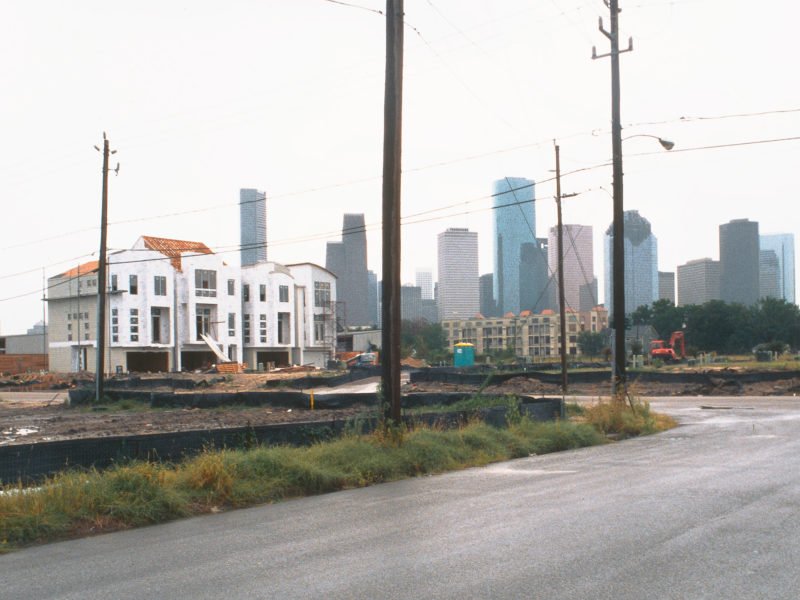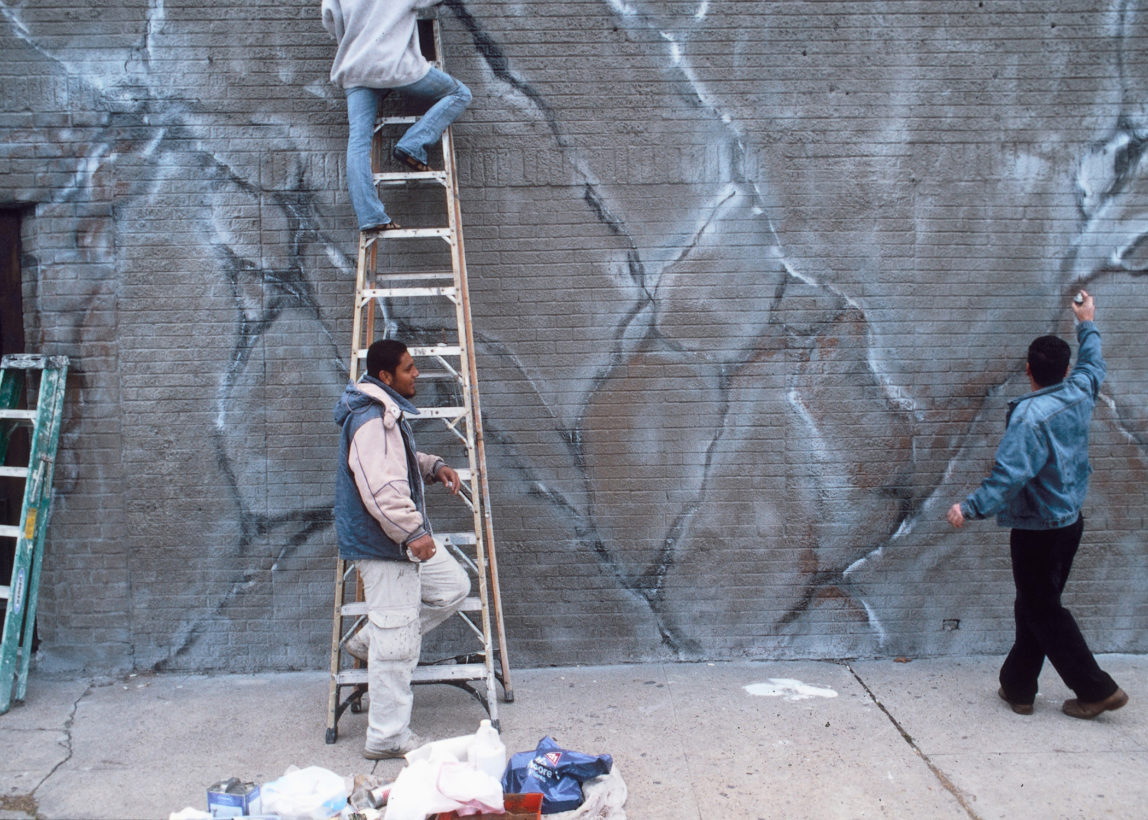Archive
Bob Sennhauser Washington Avenue: Forgotten to Gentrified
Artist Statement
“Washington Avenue: Forgotten to Gentrified consists of oral interviews, photographs, and historical research of Houston’s Washington Avenue corridor as it becomes gentrified; it covers the first year and a half of a four-year ethnographic study. Historian and author Studs Terkel once wrote “History is always written from the top down.” My goal is to stand that position on its head and present the gentrification Washington Avenue through the activities, thoughts, and emotions of its residents, ranging from the homeless through the developers. My aim is to preserve these disregarded views by means of exhibitions and the placement of all materials into an historical archive.
I have tried to remain neutral regarding gentrification. Each interviewee is given a CD of their interview and a print of their portrait, and many individuals have been given photographs of their homes, businesses, and commercial properties. If it were not for these gracious individuals, the project would contain nothing but demolition orders, photographs of empty lots, and construction details. The people are the heart of the project; we are all collaborating.”
Artist Bio
Bob Sennhauser was born in NYC in his grandmother’s boarding house from which his painter father ran an art school. Although he grew up in the midst of the art world, he originally felt sure he would be a social worker. During the twelve years he pursued his undergraduate degree, he also shipped out on freighters, was a trainer at a jobs organization, was arrested twenty-three times for civil-rights activities, worked in the NY Dept. of Health as vermin inspector, served as a field secretary for C.O.R.E., and became a bookstore clerk. At Ohio University, he settled on art and received his BFA in 1972 and his MFA in printmaking two years later. Unable to find a college teaching position, he moved to Hoboken,N.J., where he supported his art-making by loading antique trucks, co-owning a painting and floor sanding business, being an assistant to an unregistered plumber, and acting as superintendent of his apartment building. His thirty-one years of teaching college art began in 1977 when Oklahoma University hired him based on his artwork and an ability to say s_ _ _ in four syllables. Highlights of his art career include teaching at The School of the Art Institute of Chicago and the Harford Art School (CT); being awarded (with Klaus Schnitzer) the first collaborative NEA Artist Fellowship; receiving six Polaroid Artist’s SupportGrants; and documenting the restorations of Ellis Island, Pennsylvania’s EasternState Penitentiary, and the two unopened floors of New York’s Lower East SideTenement Museum. He has also co-founded two book art organizations and in thirty-five years conducted fifty-nine visiting artist workshops and lectures. Now that the Washington Avenue Project has co-opted his life, he is busier than when he was teaching full time and sitting on five committees. There is more to come.

